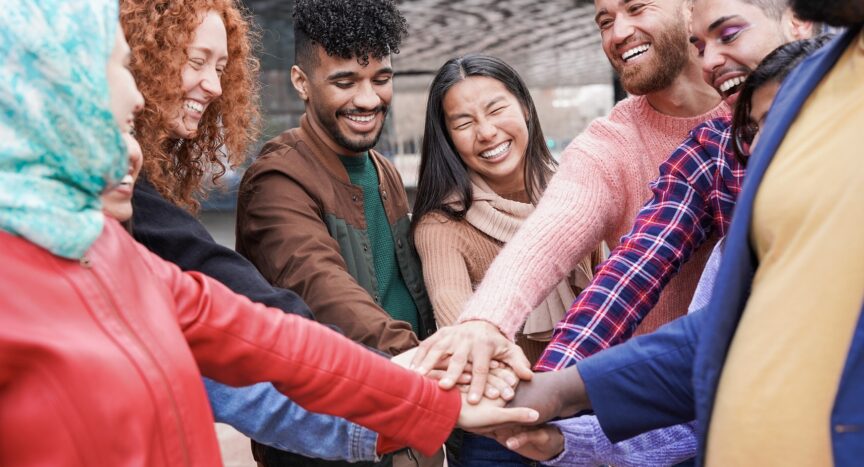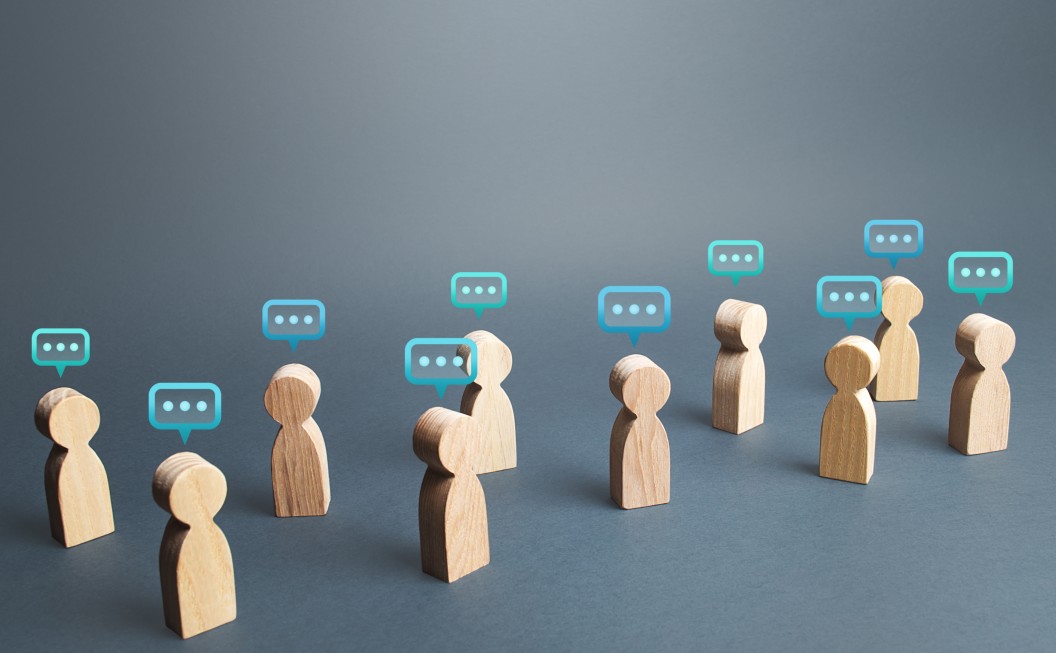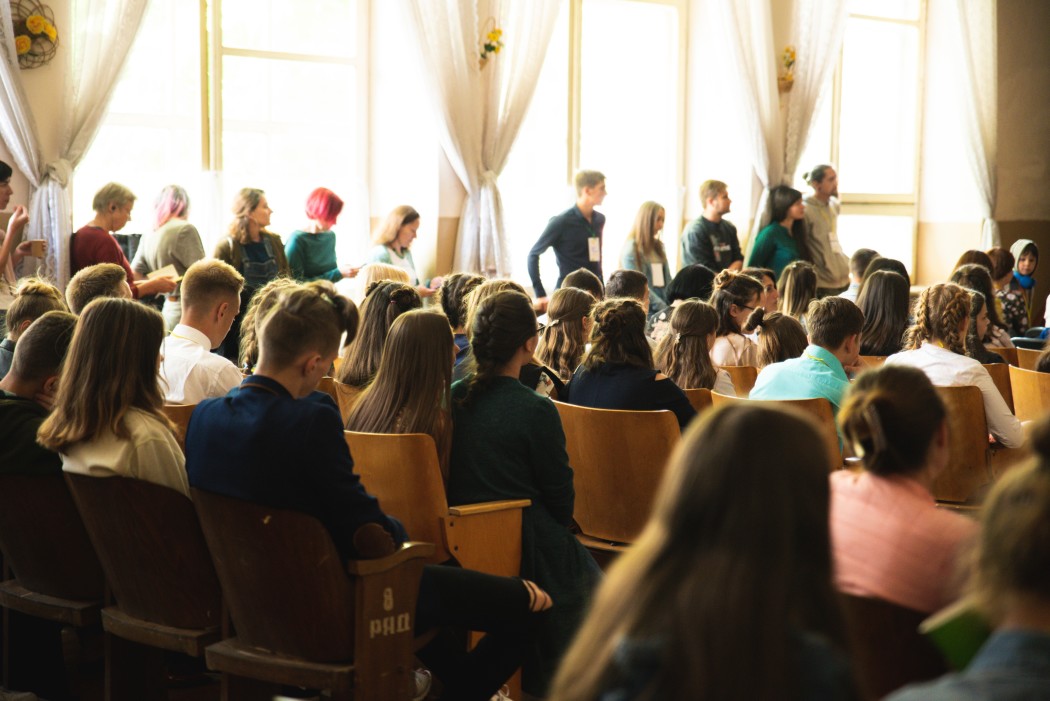There are many benefits to living in a multiracial community. First, it fosters an appreciation for cultural diversity. You’re more likely to make friends with people of different races. Third, you have a greater chance of meeting people from different races by being part of a multicultural group.
Creating a multi-racial community
Multi-racial communities in the UK and other countries are the fastest growing group of people. In order to meet the needs of this community, higher education institutions need to evolve. This includes creating spaces that are welcoming and comfortable for all students. In addition, ensuring that campus events and programs are inclusive of students of different backgrounds is essential.
A multi-racial congregation is a unique opportunity to cultivate a culture of inclusion and diversity. The leadership of the community is vital to ensuring that the diverse members of a community feel included and valued. Leaders must be culturally sensitive and adaptable, and the congregation should promote grace, faith, and prayer.
Multi-racial organizations need diversity, but it is not the end goal. Multi-racial communities should strive to achieve larger goals. These goals are usually communicated in a vision declaration. River City Community Church in Chicago, for example, is on a mission of transforming the city and its surrounding neighborhoods by welcoming all people. Similarly, Riverside Church in New York works toward serving God through word and witness, and fostering a culture of mutual care and respect for creation.
Racial identity is often a complex issue for multi-racial people. Some multiracial people experience racism just as much as monooracial people of color. They may feel ‘insufficient’ to participate in racial discussions, or they may experience Imposter Syndrome – a feeling of having privileges that others don’t.
Increasing appreciation for cultural diversity
Multiculturalism is about fostering an appreciation for cultural diversity. It promotes respect for differences and equality in political and cultural systems, and it recognizes the important contributions of different groups. Multiculturalism does not require assimilation. Multiculturalism advocates autonomy and special rights for certain cultural groups.
Increasing appreciation for cultural diversity in the classroom is an important part of multicultural education. Increasing diversity in the classroom means incorporating students from different cultural backgrounds, religions, economic status, sexual orientation, and gender. Students from different languages can also be incorporated to increase diversity.

Incorporating cultural activities into the classroom is one of the best ways for students to learn about other cultures. This will help students to understand their cultural heritage and that of their peers. For example, a cultural day may include trying foods from different cultures and sharing pictures. Exploring different music styles is another great way to celebrate cultural diversity. Students may want to share digital music from their heritage or play instruments specific to their culture.
People learn to accept differences and overcome stereotypes by being exposed to different cultures and perspectives. People can also learn from diversity experiences how spiritual forces influence our lives. Students learn about other cultures and learn about other ways of thinking. This helps students understand the value and importance of different perspectives, which contributes to a more inclusive society.
In today’s globalized world, diversity in the workplace is becoming more important. Companies can now recruit talent from around the globe using technology. In addition, multicultural companies perform better in financial markets than their national counterparts. Increasing appreciation for cultural diversity in the workplace is critical for business success.
Individuals and groups can integrate into their communities by using culturally responsive services. By fostering a welcoming environment and empathizing with the differences of others, they can build a sense of belonging and respect. Culturally sensitive services can also attract and retain volunteers who are sensitive to cultural differences.
Campus programs can help students become more culturally sensitive. Many colleges and universities offer multiculturalism classes and workshops. In addition, special events and group trips are often held on campus. These events include concerts, cultural celebrations, and multicultural fairs.
Multiracial friends have a higher chance of making friends
Mixed-race adults are more likely to have multiracial friends than the general population. Eight out of ten multiracial adults report having at least one multiracial friend, compared to 62% of all adults. Multiracial friends tend to have more in common with the general population when it comes to political views. Six out of ten people identify with the Democratic Party and 37 percent support it. However, a small number of multiracial adults are ambivalent and favor neither party.
Multiracial adults are also more likely to discuss their race with their children. According to the Pew Research Center, nearly half of multiracial parents have spoken with their children about their mixed-race background, and 32% said their parents discussed their background with them while growing up. Worse, nearly four out of four multiracial adults feel like they are being confused or used as a guide by others because their race is different.
These findings could have significant implications for marriage and dating relationships. They could also have an impact on business affiliations or political coalitions. Further, this study is expected to have implications for people’s preferences for multiracial and biracial friends. To fully understand the role race plays in interracial friendships, more research is required.
Pew’s survey results also showed that most multiracial people see their multiracial status more as an advantage than a disadvantage. Other research from Gaither shows that multiracial individuals report higher self-esteem, higher well-being, and greater social engagement. In addition, Gaither notes that multiracial people develop mental flexibility from an early age, which is an important advantage. A study published in 2015 found that multiracial adults had greater problem-solving abilities after thinking about their multiple identities.






